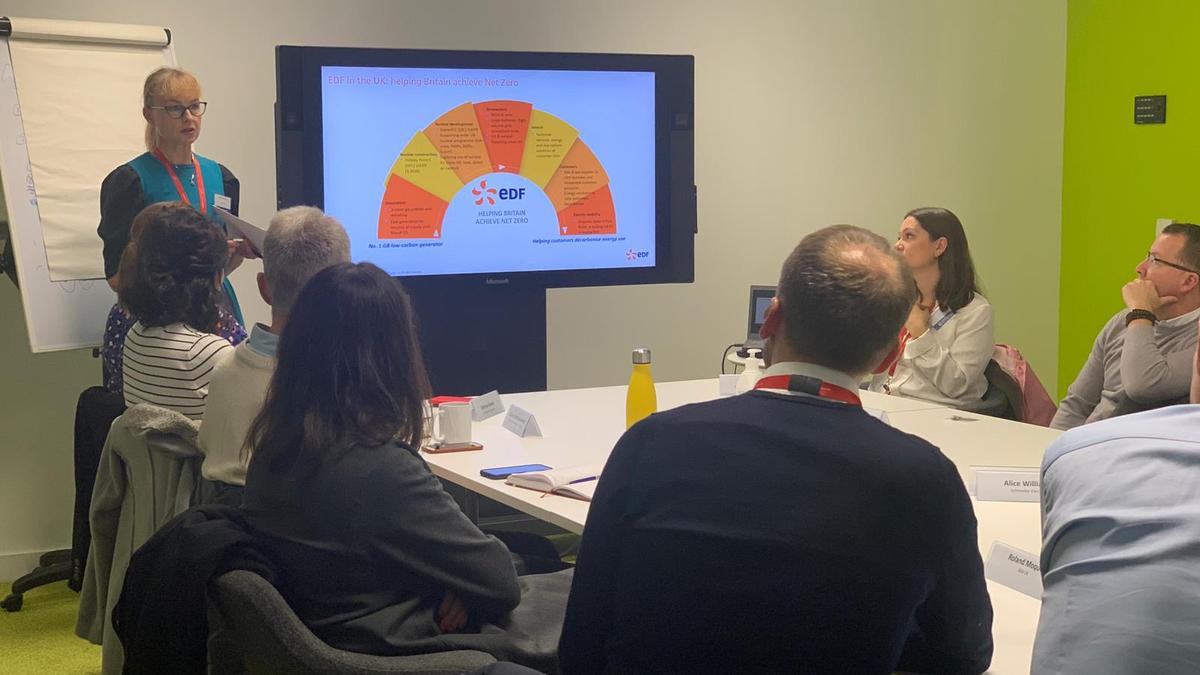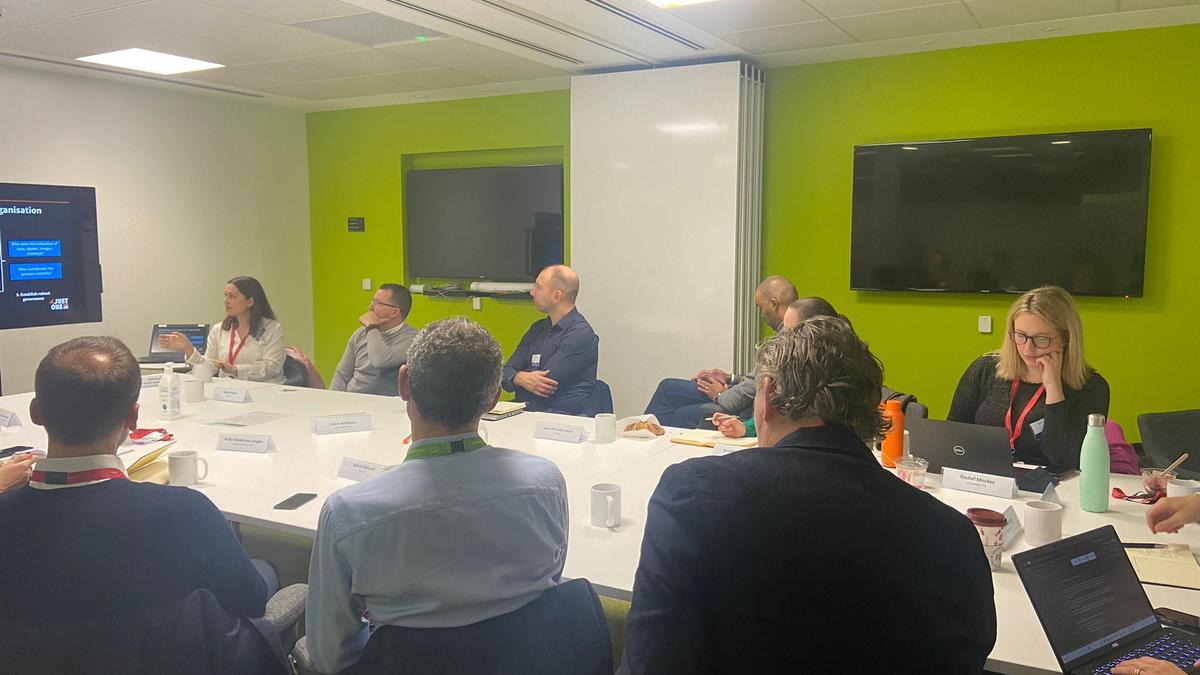Event report
CFO Club and Sustainability Leads Club: "ESG reporting"

In this joint session of our CFO and Sustainability Leads Clubs, attendees gained a deeper understanding of ESG reporting.
Many thanks to our speakers Aleksandra Smith-Kozlowska of JustOne and Makreeta Lahti of EDF.
Missed the event? You can find our short summary of the event below.
ESG reporting: can it ever be standardised?
Globally, there are more than 600 frameworks and standards for environmental, social and governance reporting. With ESG reporting being mostly voluntary until now, companies chose their own aspects to review, which explains the large number of existing frameworks.
As reporting rapidly becomes mandatory, the number is expected to come down to a few main standards. Companies often make use of multiple frameworks to review their ESG data.
One of the most commonly used sustainability reporting frameworks is the Global Reporting Initiative (GRI). The GRI is not industry-specific and has a list of different indicators for environmental, social and governance. Its broad focus makes it a useful tool for comparing data between companies, even if certain information may not be useful for all stakeholders.
The Sustainability Accounting Standards Board (SASB) framework is often used in conjunction with the GRI as a lot of the metrics overlap. It is very much tailored towards the needs of investors and is sector- and industry-specific.
The Carbon Disclosure Project is a questionnaire focusing on adapting to the risks posed by climate change.
The UN Sustainable Development Goals, whilst not strictly speaking a reporting framework, nevertheless provide a useful blueprint of targets to aim for.
The Task Force on Climate-Related Financial Disclosures (TCFD) framework has had the best take-up rate among businesses and takes a different approach. Whereas most other frameworks focus on a company’s performance on sustainability, the TCFD considers the direct impact that climate change will have on that company and how this will affect future performance.
The TCFD asks companies to test the resilience of their strategies based on:
the most likely climate change scenario
the worst-case scenario
the best-case scenario
Examining trends with these three scenarios in mind helps companies to map out all potential financial and legislative implications. Due to its focus on future developments and resilience, it is favoured by investors and expected to become one of most-used frameworks.
The International Sustainability Standards Board (ISSB)
The International Sustainability Standards Board was set up in November 2021 by the IFRS Foundation, with the goal of establishing a global baseline on sustainability reporting. It focuses on consistency, transparency and comparability, aiming to make it easier for investors to analyse information.
Streamlining reporting
To maximise efficiency when reporting ESG data, companies should follow a general three-step process.
Define the purpose of the reporting
This involves examining the local legal requirements, defining an audience (paying attention to which presentation of data will most convince them), and identifying how the report will influence future company decisions.
2. Identify the right standard or framework to use
When choosing a framework to use, companies should consider the overlaps between global and local requirements. Considering the gaps between legal requirements and audience needs will also help to narrow down the model to use.
3. Establish robust governance
Key roles need to be defined concerning the administration and maintenance of information. This concerns not just raw data, but any case studies, images or other key evidence drawn from it.
Best practice for ESG reporting
It is vital not only to have one person in charge of overseeing the whole process, but also a dedicated person – or small team – in charge of each specific element, in order to make administration as smooth as possible.
A clear timeline needs to be mapped out, with the process seen as part of the day-to-day operations of the company and information collected on a rolling basis. As for the presentation of findings, certain audiences will want to see raw data, whilst others will be more convinced by real-life case studies or stories. Data and evidence should be auditable and stored in a central location.
Finally, an external audit of a company’s ESG disclosure can highlight areas for improvement that leaders may not be able to identify themselves.




